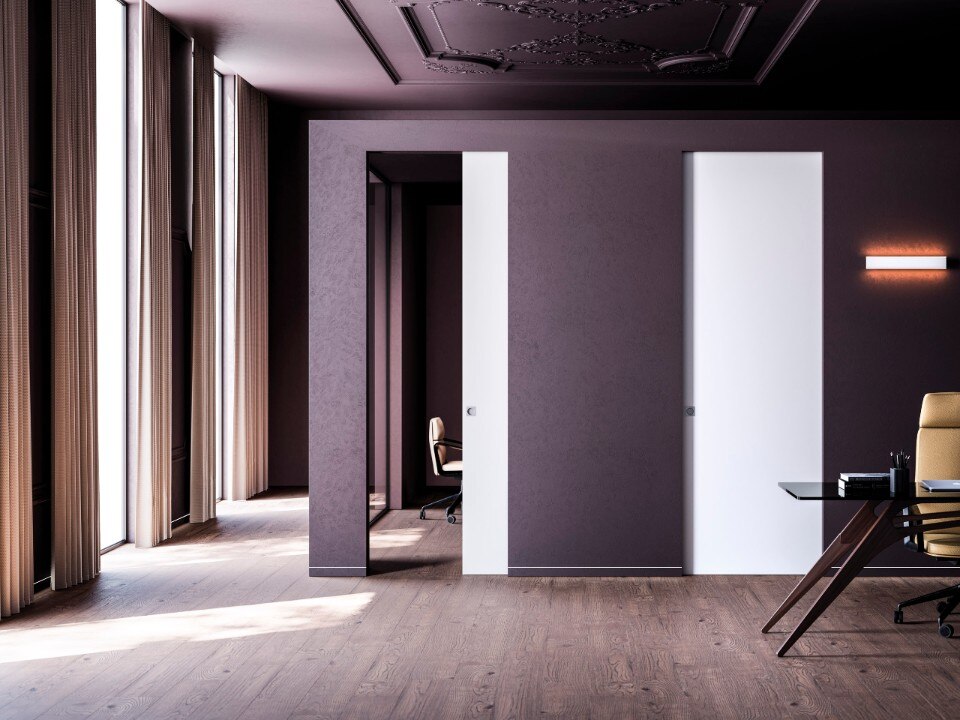“Eco-monsters”, “usines à gaz”, “upside-down wedding cakes”, “most beautiful viewpoints in the city” (as the only places where you cannot see them) or, as literally as possible, “Ca’ Brutta” (The Ugly House).
This, when not the simplest ostentatious yawns of boredom, is what certain buildings all over the world have deserved from public debate, more specifically from those who do not belong to a specific category: architects.
Why have certain buildings had a difficult, or at least controversial, life, while only architects seem to be in love with them? And let’s be clear, we are not talking about obscure, niche works, but often about icons like the Centre Pompidou, or projects that have become cult, like the highly visible “Washing Machines” on the hills behind Genoa.
What the hell is that?
John F. Collins, mayor of Boston, early 1960s
There are multiple origins for such phenomenon. Quite often the controversial reception of buildings has actually coincided with the controversial reception of movements or trends, such as brutalism or postmodernism, which have managed to polarize detractors and supporters alike.
At other times, it has been more radically social issues that have got population hating certain buildings as they embodied the failures of entire cities in addressing issues such such as suburbs and housing crisis.
At other times it has been about major cultural issues to which these buildings have given an face, from time to time denigrated or supported: perplexities were expressed through history on the part of Manfredo Tafuri (“unsafe dam”) as of Jean Baudrillard (“monstrous object”), of Reyner Banham (“Italy’s retreat from the Modern Movement”) as of the very commissioners of the projects in question (“What the hell is that?!”).
We leave it to you to find out which of the buildings we have selected has won each of these critiques, between postmodern icons such as Richard Graves’ Portland Building or brutalists ones such as Le Corbusier’s Unité d'Habitation, Smithson’s Robin Hood Gardens – now demolished – or Paul Rudolph’s government offices near New York. And of course, Aldo Rossi, the aforementioned Ca’ Brutta and the Torre Velasca will not be missing from the roll-call.
Last but not least, even Gio Ponti, certainly no standard-bearer of Italian Neo-Liberty trends, found it necessary to intervene from the pages of Domus (378, May 1961) and stand for the Velasca, even though he had recently inaugurated its very concrete-and-glass antithesis, the Pirelli tower. Once again it was an architect defending an architecture, saying: “Even if the formal derivations found in the Velasca seem to be the opposite, the Velasca is a new and non-conformist work, if one compares it to current conformism. (...) And for this reason, I am delighted that the Velasca exists, as I find myself in front of an outstanding expression that I love, regardless of the polemical situation that has arisen around it”.

Ethimo's latest collection is all about weaves
Inspired by the traditional craftsmanship of Eastern Spain and patios, the new collection designed by Studio Zanellato/Bortotto reimagines the aesthetics of comfort.



































